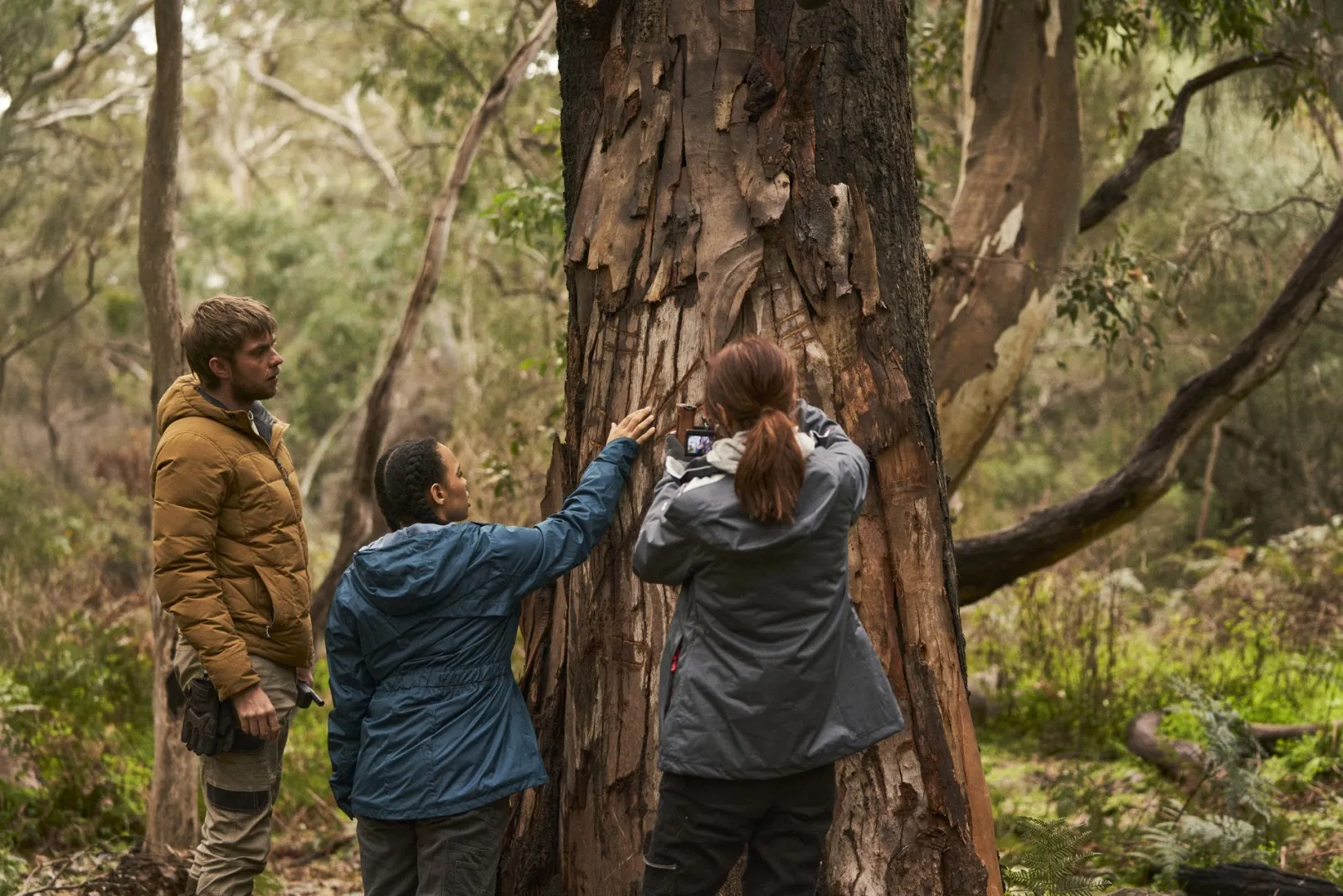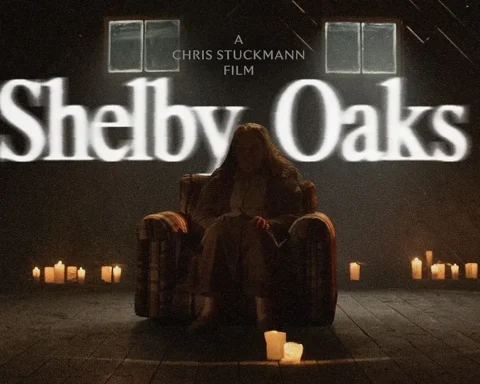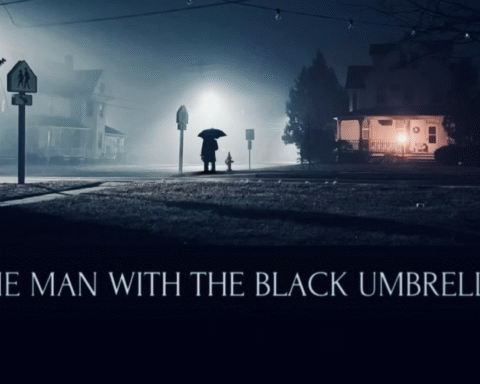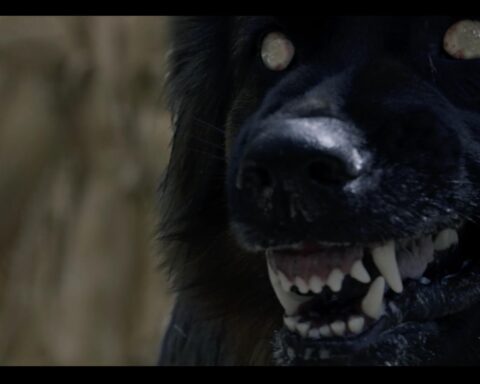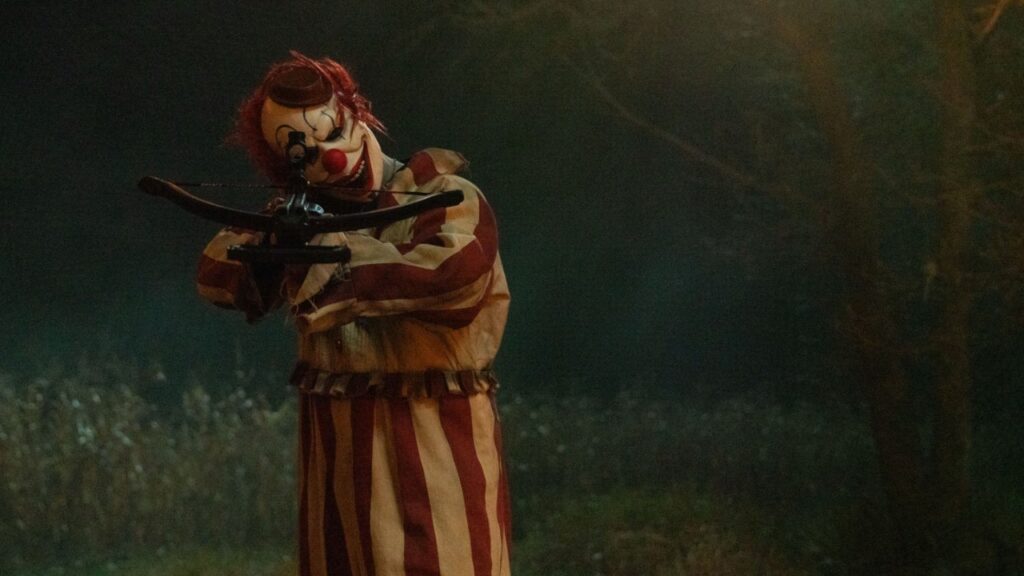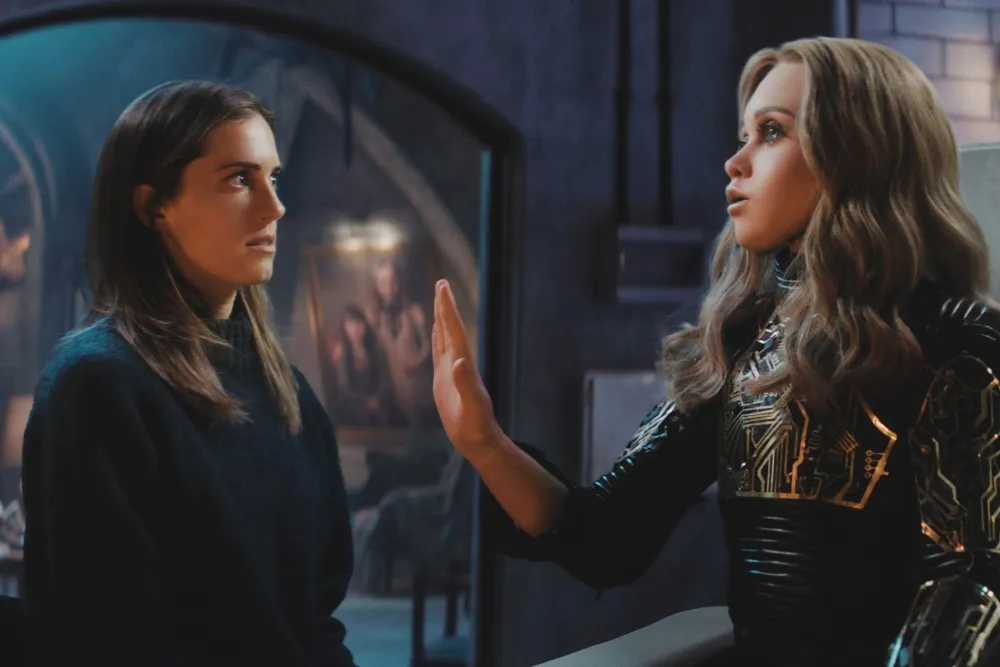Sean Lahiff’s Carnifex stands out among creature features by embracing a slow-burning, almost documentary-like approach to its tension building. Rather than relying on nonstop action or gratuitous gore, Lahiff carefully constructs a palpable atmosphere, drawing the audience into the eerie, bushfire-scarred Australian wilderness alongside the film’s central trio.
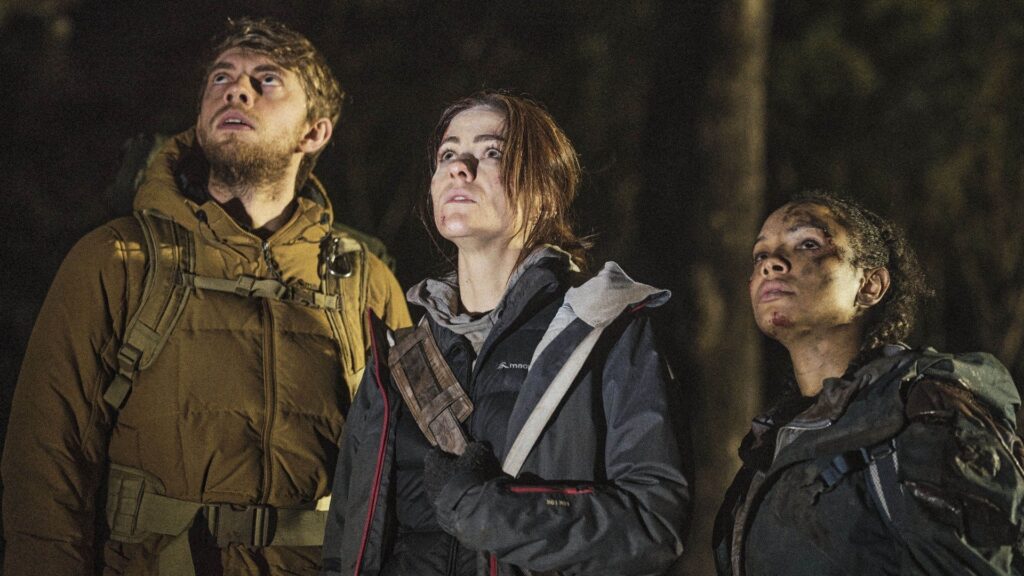
We follow aspiring documentary filmmaker Bailey (Alexandra Park) and scientists Ben (Harry Greenwood) and Grace (Sisi Stringer) as they venture deep into remote forest areas, hoping to capture evidence of endangered species. For much of the film’s first half, the narrative unfolds with a grounded realism that echoes nature documentaries, slowly layering in dread as subtle signs of a lurking predator emerge. The discovery of skeletal remains and cryptic markings heightens the sense of unease, effectively teasing the existence of the deadly Thylacoleo Carnifex without immediately revealing the beast.
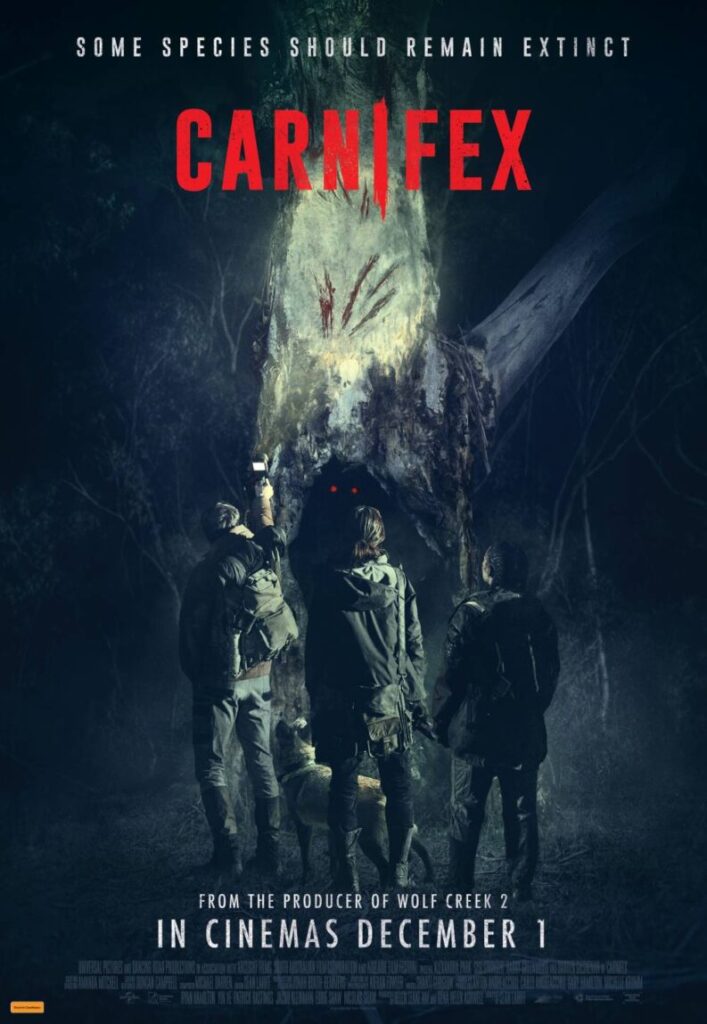

Lahiff’s confident pacing allows the tension to simmer, making the later creature encounters all the more satisfying. While the film doesn’t reinvent the genre, it earns its scares through well-timed jump moments and smartly restrained use of CGI. The low budget is noticeable at times, particularly in rendering the creature, but the film compensates with strong atmosphere and solid performances from its cast, who bring enough charm and humanity to make us genuinely care about their survival.
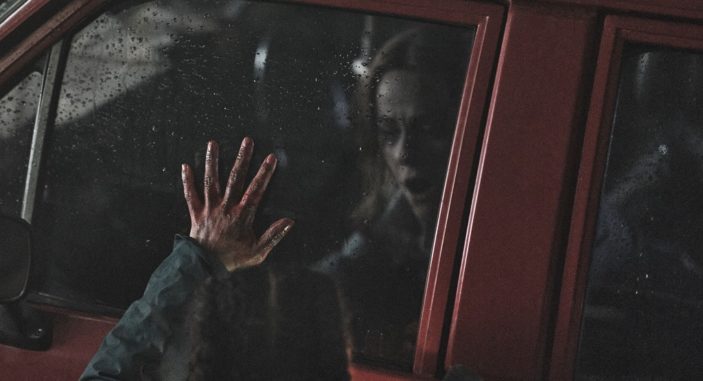
Importantly, Carnifex understands that less is often more. The minimal on-screen violence leaves much to the imagination, amplifying the fear of the unknown. Even as the story edges into familiar man-vs-beast territory, it remains entertaining, especially during its tense final act.
Ultimately, Carnifex succeeds as a serviceable and enjoyable addition to Australian horror cinema. Its slow-burn approach and documentary-like tension really set it apart.
